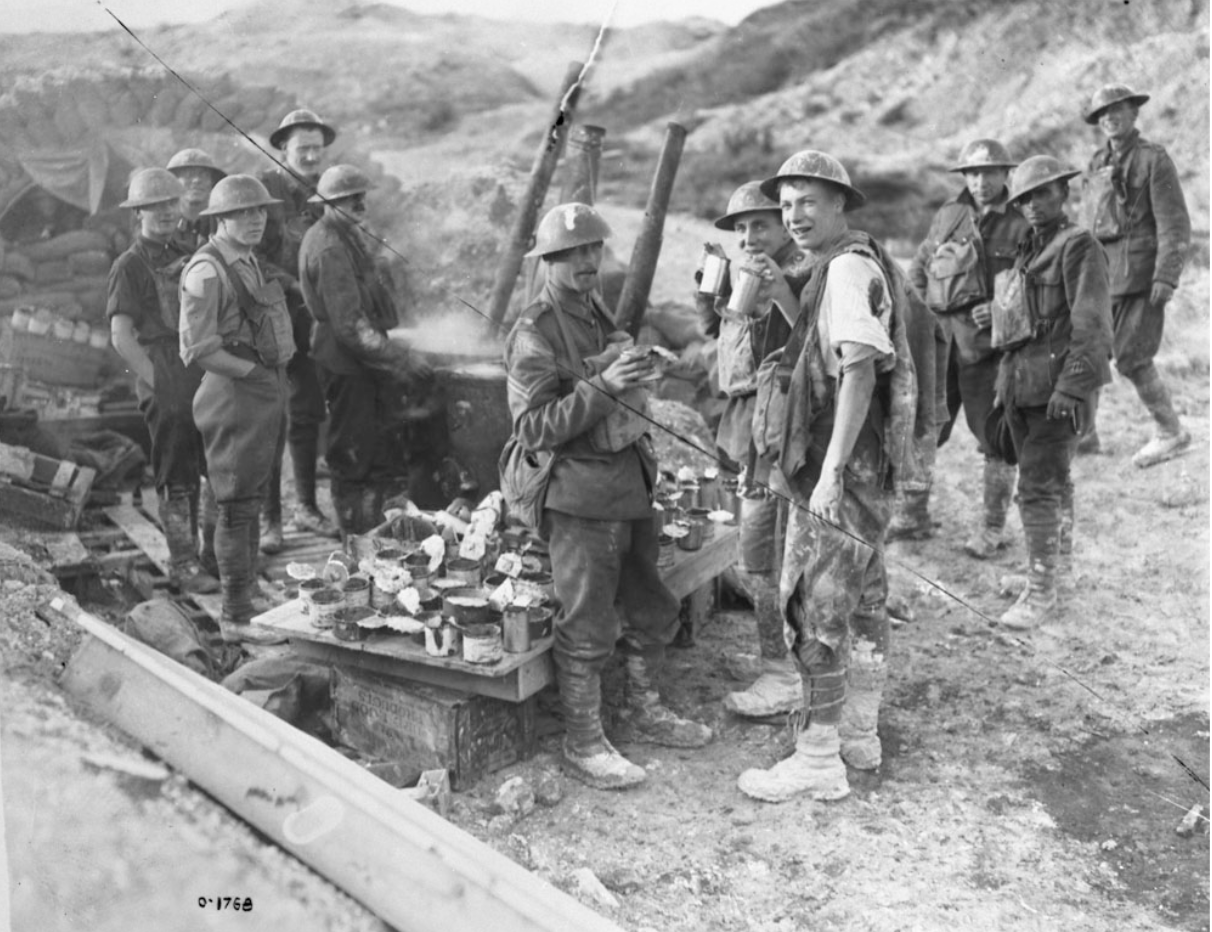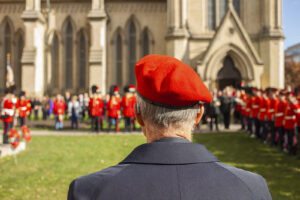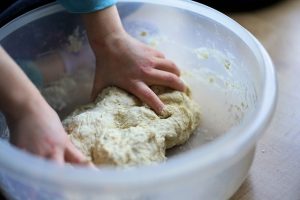By Dick Moody – Huntsville, Ont.
My brother and I were named after two uncles who died in the first World War.
I was named after my father’s brother, Richard Moody, who served in the British Army with the 7th Battalion, Suffolk Regiment. He was 21 years old when he died on Oct. 1, 1915 near Chalk Pit Wood. It was the first Battle of Loos. He was among 61,000 casualties in what was called “The Big Push” which lasted 23 days.
My brother was named after my mother’s youngest brother, Hector Morrison, who died in action on Aug. 15, 1917 in the Chalk Pits. It was the first day in the second Battle of Loos to gain Hill 70. He too was just 21 years old. He had been in France only 84 days.
To illustrate the shocking futility of trench warfare, in nearly two years of brutal fighting, the battle lines in the Chalk Pit region – where both my uncles died – had not changed in measurements of kilometers gained or lost, but in distances calculated in yards or meters.
I know little else about my Uncle Dick’s life. However, thanks to stories told by my mother and her brothers, Ross and George, fond memories of my Uncle Hector and the Morrison family’s fun-filled adventures while living on their Meota, Sask. homestead, are with me still. It was said Uncle Heck loved to laugh and I believe his irrepressibly happy nature followed him until that fateful day in August 1917.
Uncle Heck wrote of adventurous trip
During a short leave from his intensive infantry training in England, Uncle Heck wrote to my mother about his adventurous trip to meet his Morrison grandparents, ‘the auld folk’ who lived in Montrose, Scotland.
His ocean voyage across the Atlantic, seeing Britain and Europe’s big city lights and sites, and making new friends, would have been unimaginably exciting to a young man who had spent all his teenage years living on a secluded prairie farm.
In a moment of pure serendipity, I found two mementos of Uncle Hector’s presence in France that he thought his family would never see. Both are recorded in pictures stored in the Public Archives in Ottawa.
While passing the hospital and military camp at the Chateau de Bouvigny, Uncle Hector, a budding carpenter, carved his name, regimental number 887832, and other decorative flourishes on a wooden rail. A military photographer later snapped a picture of his stylised inscription.
In 1986, while reading the Toronto Star, I was amazed to see Uncle Hector with other members of his platoon, in a photograph that accompanied a review of Pierre Berton’s newly released book titled Vimy. The newspaper picture caption reads: “A Canadian soldier drinking coffee at a soup kitchen 100 yards from the Boche lines during the push on Hill 70 – dated August, 1917.”
Last known photo of Heck
The coffee drinking soldier is Uncle Hector, and, true to form, he is smiling! His boots are white from walking in the chalk pits and he is wearing the apron that machine gunners wore to protect their legs from the discharge of hot shell casings. He might have died later that same day.

My uncles, Richard and Hector, lie at eternal rest in cemeteries in France, far from home and loved ones. To be sure they, and our other relatives who served their country are forever remembered, I have prepared a “Lest We Forget” book.
Future generations in our family can look through it and remember their ancestor’s wartime sacrifices and valour – not just on the 11th day of the 11th month at the 11th hour, but on every day. And always.



